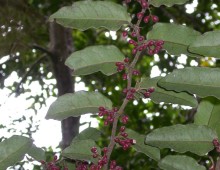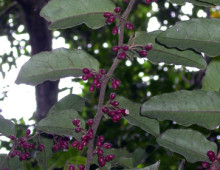JGI at PAG XXIV
JGI will be sharing a booth (#202) at The Plant and Animal Genome XXIV Conference (PAG) in San Diego from Sunday, January 10 through Tuesday, January 12, 2016 with our colleagues from KBase: The Department of Energy Systems Biology Knowledgebase. Also, on Tuesday, January 12, 2016 from 4:00-6:10 pm in the San Diego Room, join us… [Read More]









